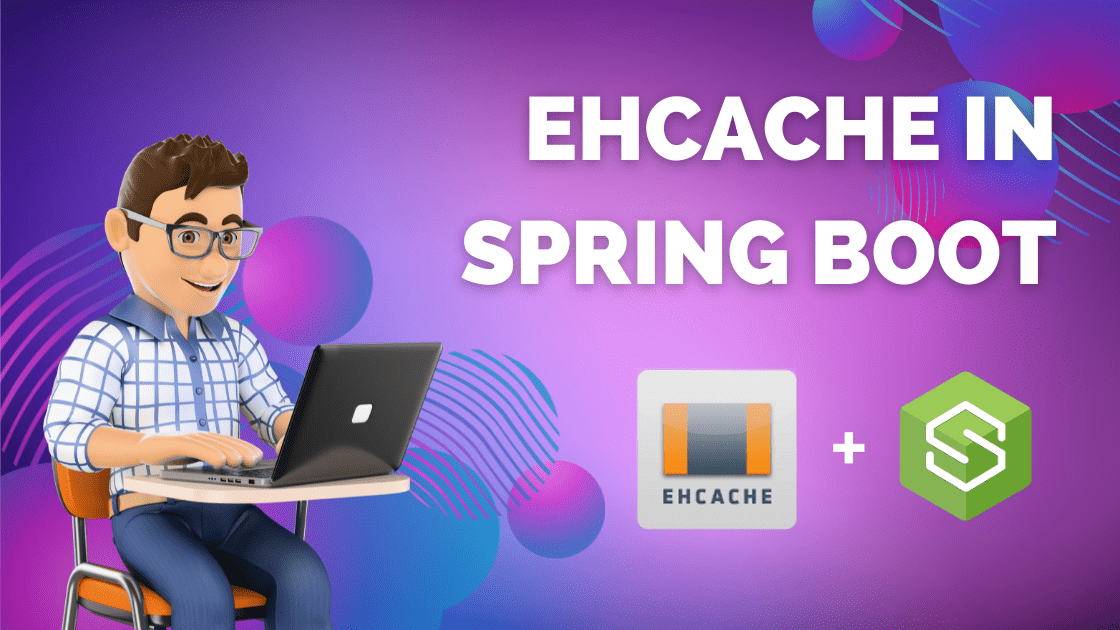EHCache is a widely used open-source caching library that provides efficient in-memory caching for Java applications. In this blog post, we will explore how to integrate EHCache into a Spring Boot application.
Step 1: Add EHCache Dependency
The first step is to add the EHCache dependency to your Spring Boot project. Open the pom.xml file and add the following dependency:
<dependency>
<groupId>org.ehcache</groupId>
<artifactId>ehcache</artifactId>
<version>3.8.1</version>
</dependency>
Step 2: Configure EHCache
Next, we need to configure EHCache in our Spring Boot application. Create a new Java class and annotate it with @Configuration. In this class, we will define a bean for the CacheManager that will be used to manage our caches.
@Configuration
public class EHCacheConfig {
@Bean
public CacheManager cacheManager() {
Configuration configuration = new ConfigurationBuilder()
.diskStore(new DiskStoreConfigurationBuilder("path/to/disk/store"))
.build();
return new DefaultCacheManager(configuration);
}
}
In the above example, we are creating a DefaultCacheManager with a disk store configuration. You can customize the configuration based on your requirements.
Step 3: Enable Caching
To enable caching in your Spring Boot application, you need to add the @EnableCaching annotation to your main application class. This annotation enables Spring’s caching support and looks for caches defined in the CacheManager bean.
@SpringBootApplication
@EnableCaching
public class MyApplication {
public static void main(String[] args) {
SpringApplication.run(MyApplication.class, args);
}
}
Step 4: Define Caches
Now that we have configured EHCache and enabled caching in our application, we can define caches to store our data. To define a cache, create a new method in any Spring bean and annotate it with @Cacheable. This annotation tells Spring to cache the method’s return value based on the provided cache name.
@Service
public class MyService {
@Cacheable("myCache")
public String getData(String key) {
// This method will be cached
// Implement your logic to retrieve data
return "Data for key: " + key;
}
}
In the above example, we defined a cache named “myCache” and annotated the getData method with @Cacheable. The method’s return value will be cached, and subsequent calls with the same key will return the cached value instead of executing the method.
Step 5: Test Caching
Finally, let’s test our caching implementation. Create a new Spring MVC controller and inject the MyService bean into it. Define a method that calls the getData method and returns the result.
@RestController
public class MyController {
private final MyService myService;
public MyController(MyService myService) {
this.myService = myService;
}
@GetMapping("/data/{key}")
public String getData(@PathVariable String key) {
return myService.getData(key);
}
}
Start your Spring Boot application and make a GET request to /data/{key}. The first request will execute the getData method, and subsequent requests with the same key will return the cached value.
That’s it! You have successfully integrated EHCache into your Spring Boot application. EHCache provides a powerful caching mechanism that can significantly improve the performance of your application by reducing the load on your database or expensive external services.
Remember to fine-tune your caching strategy based on your application’s specific requirements. Experiment with different cache configurations and monitor the performance to achieve the best results.



